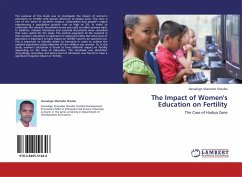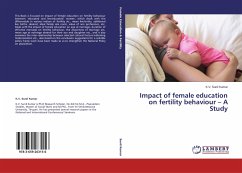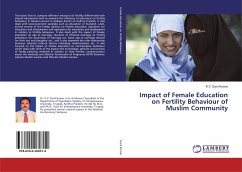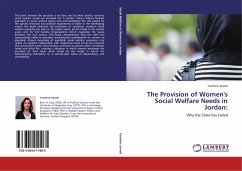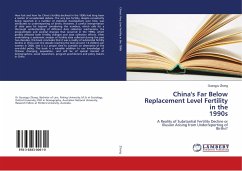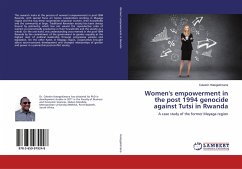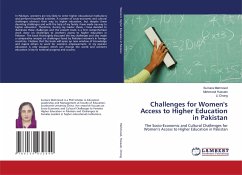The purpose of this study was to investigate the impact of women s education on fertility with special reference to Hadiya zone. The zone is one of the zones in southern nations, nationalities and people s region experiencing a population growth rate as high as 3%. In order to undertake this research household survey was used to collect primary data. In addition, relevant literatures and essential documents were consulted that were useful for the study. The central argument of the research is that women s education is important in reducing fertility. But what level of education is important to have impact on fertility need to be searched out. This is important to identify where to intervene in order to achieve the national population policy objective of four children per woman. So in this study, women s education is found to have different impact on fertility depending on the level of education. The threshold was identified. Accordingly, secondary and above level of education wasfound to have a significant negative impact on fertility.
Bitte wählen Sie Ihr Anliegen aus.
Rechnungen
Retourenschein anfordern
Bestellstatus
Storno

